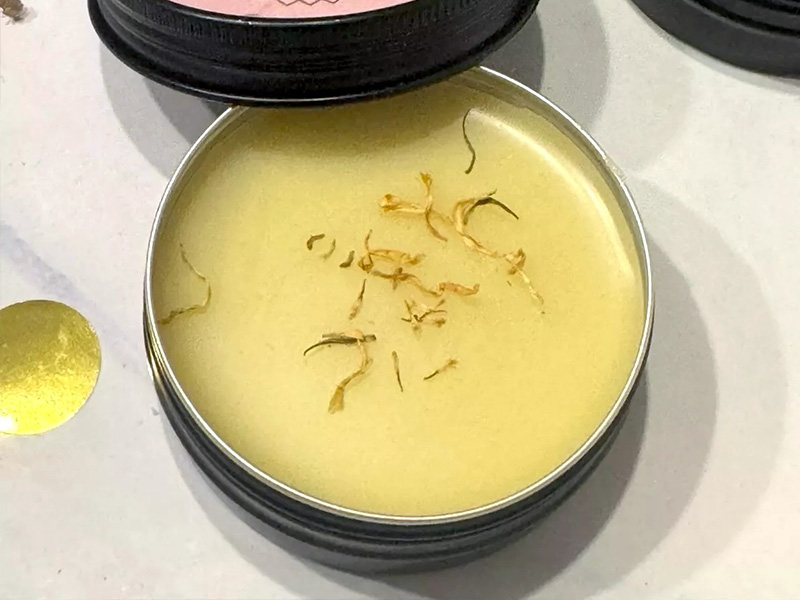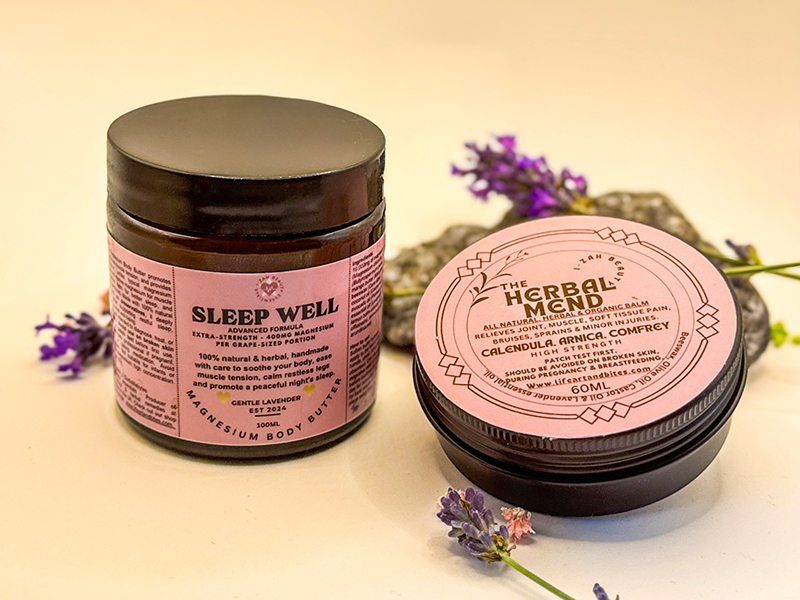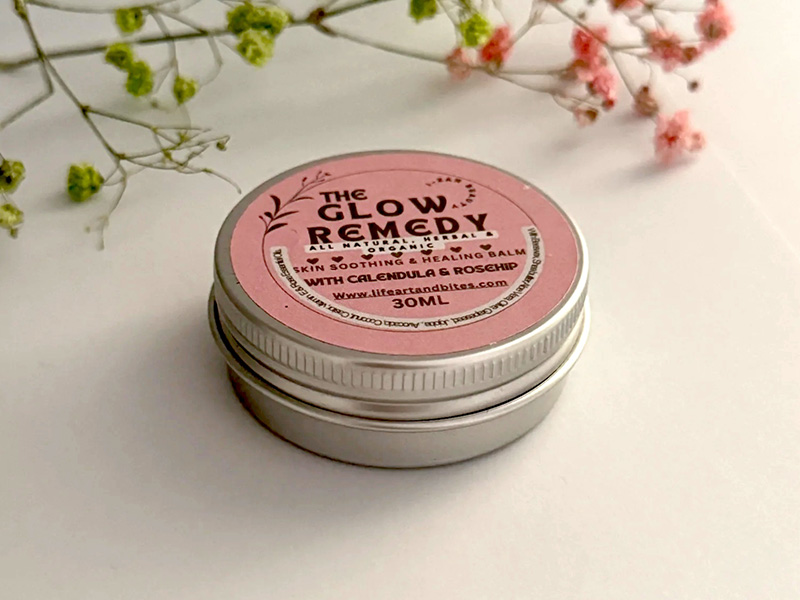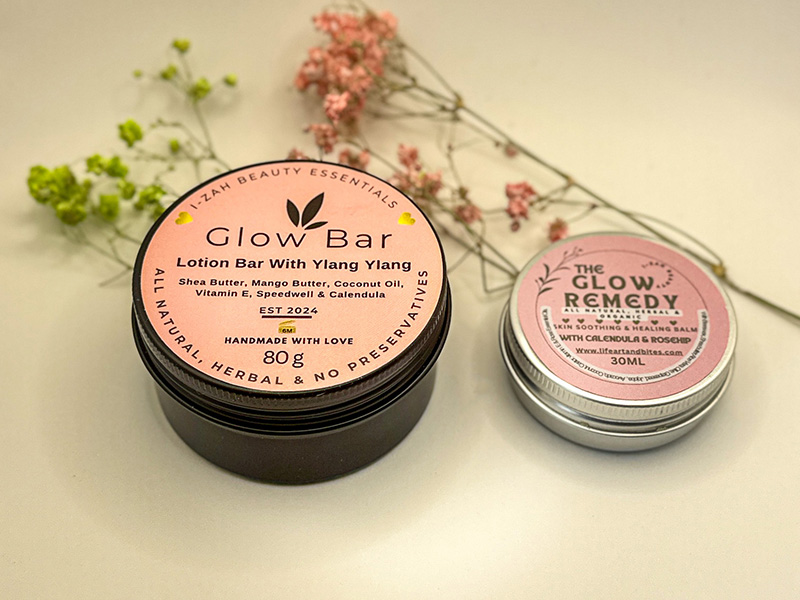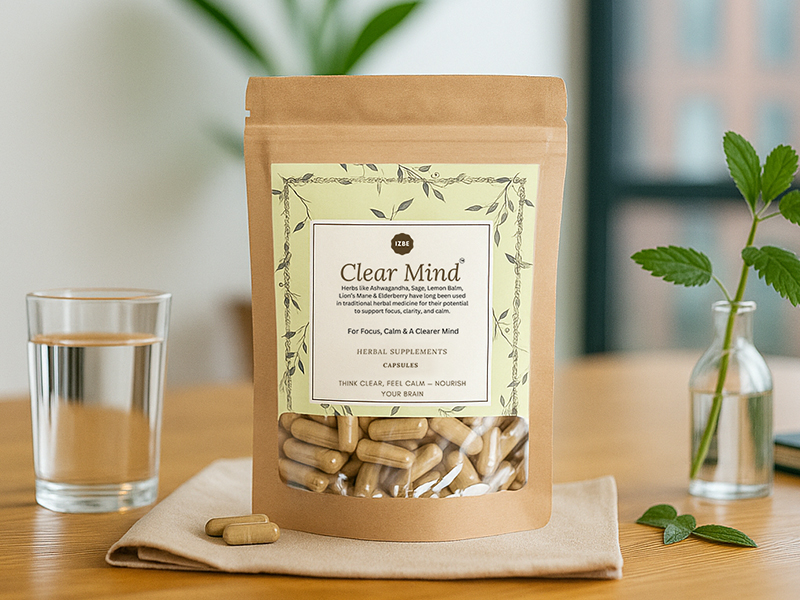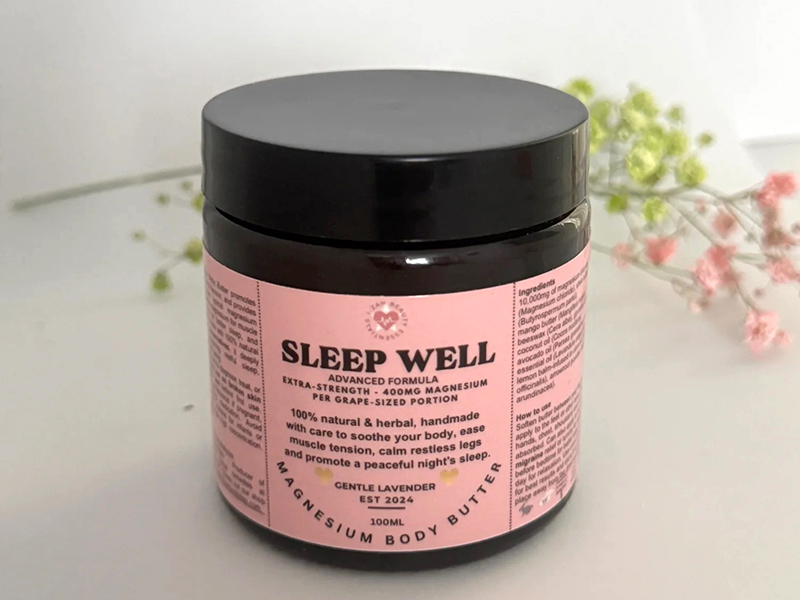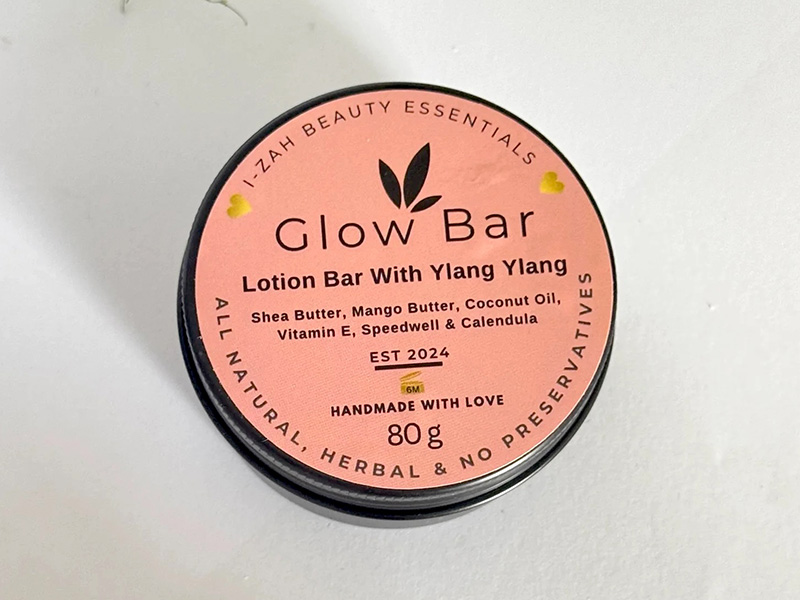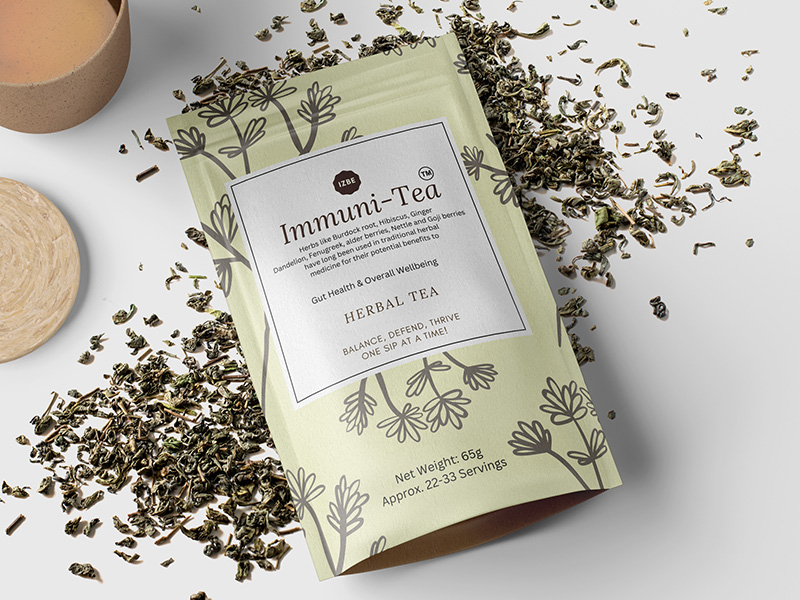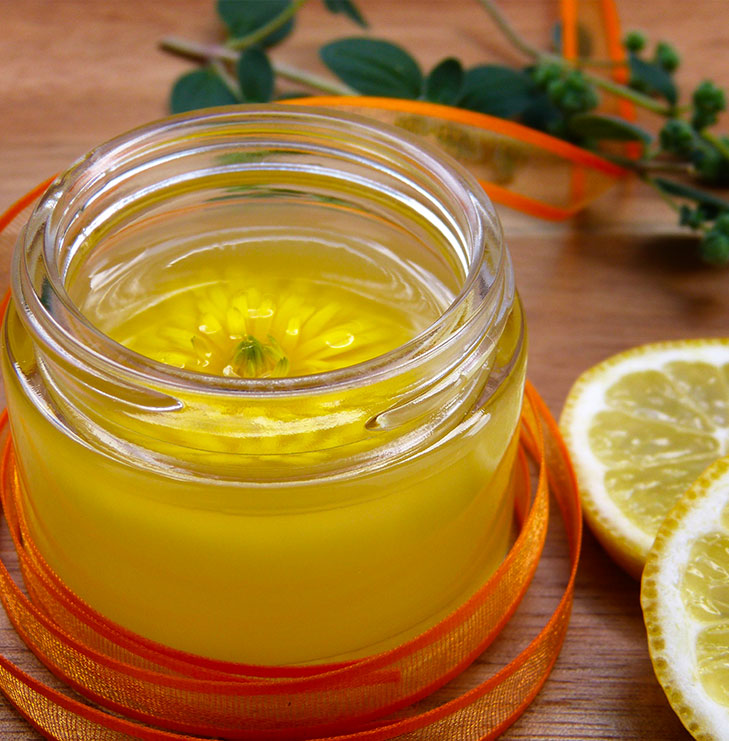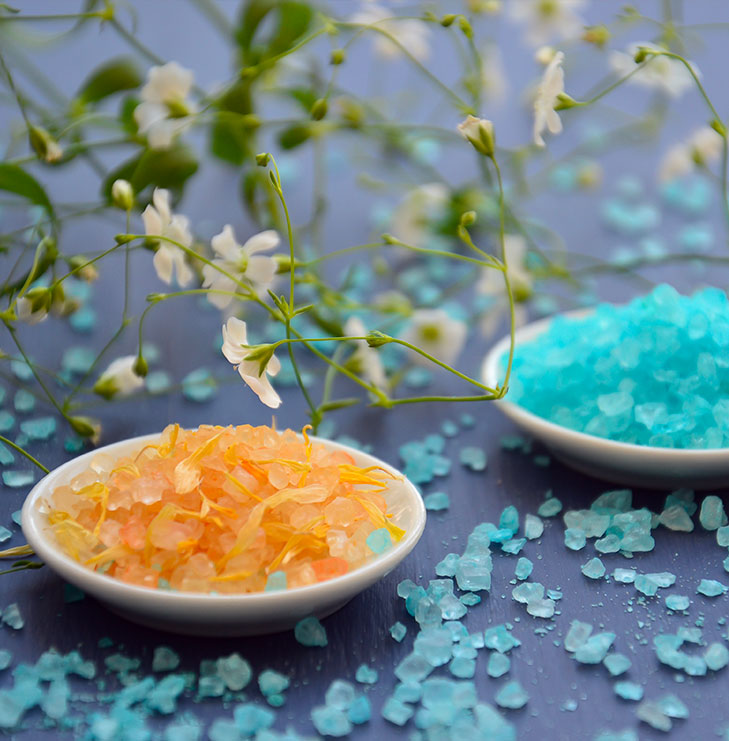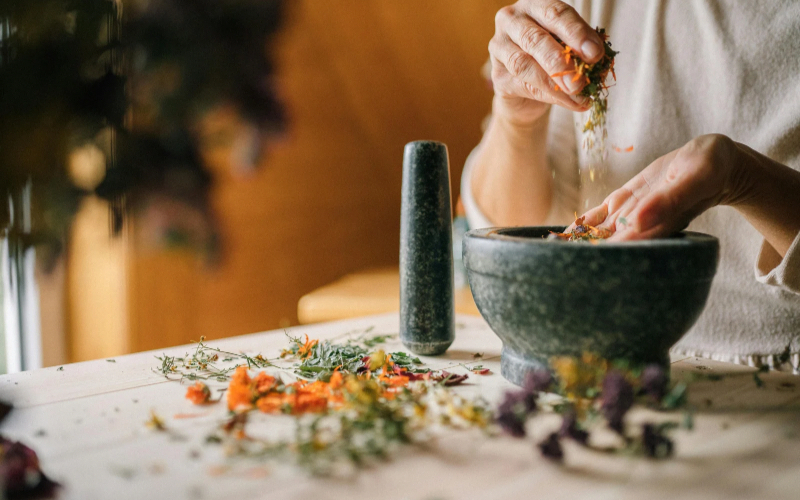
Muscle & Joint Inflammation – Arnica for Pain Relief
What is Arnica?
Arnica is a flowering herb native to the mountains of Europe and North America. The most commonly used species, Arnica montana, produces vibrant yellow-orange blooms that resemble daisies, but don’t let its delicate appearance fool you.
This powerful plant has been used in herbal medicine for centuries to help relieve pain, soothe bruises, reduce swelling, and support recovery from physical stress.
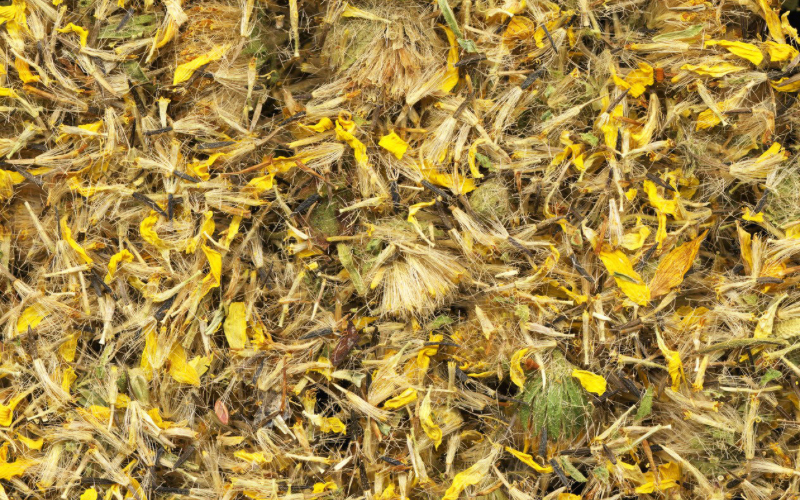
A Brief History of Arnica
Arnica has been a staple in traditional European and Native American medicine for hundreds of years. Folk healers once referred to it as “mountain tobacco” due to its habitat and therapeutic strength.
Historically, arnica flower extracts were applied externally to treat:
• Sprains and bruises
• Muscle soreness
• Insect bites
• Inflammatory joint pain
Its popularity grew in the 16th century when German botanist Jacobus Theodorus, known as Tabernaemontanus, documented its pain-relieving properties in herbal medicine texts.
Even today, arnica remains a go-to natural remedy in many European households and is widely used in homoeopathy too.
How Does Arnica Work?
Arnica contains a range of active compounds that make it effective, including:
• Helenalin – a powerful anti-inflammatory sesquiterpene lactone that helps reduce swelling and pain
• Flavonoids – antioxidant compounds that protect cells and help fight oxidative stress
• Thymol – an antibacterial and circulatory stimulant
• Volatile oils – that help stimulate white blood cell activity, improving circulation and clearing bruises faster
When used topically, these constituents penetrate through the skin to help reduce inflammation and support the body’s natural healing response.
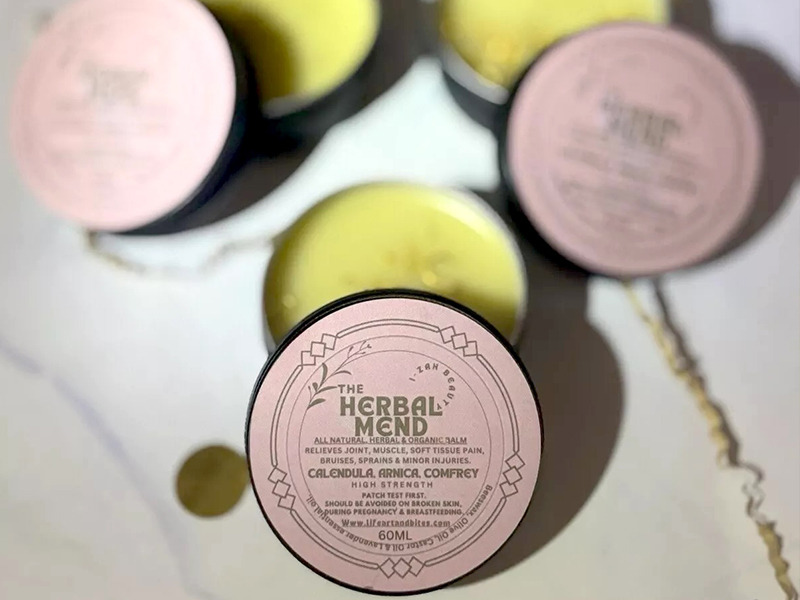
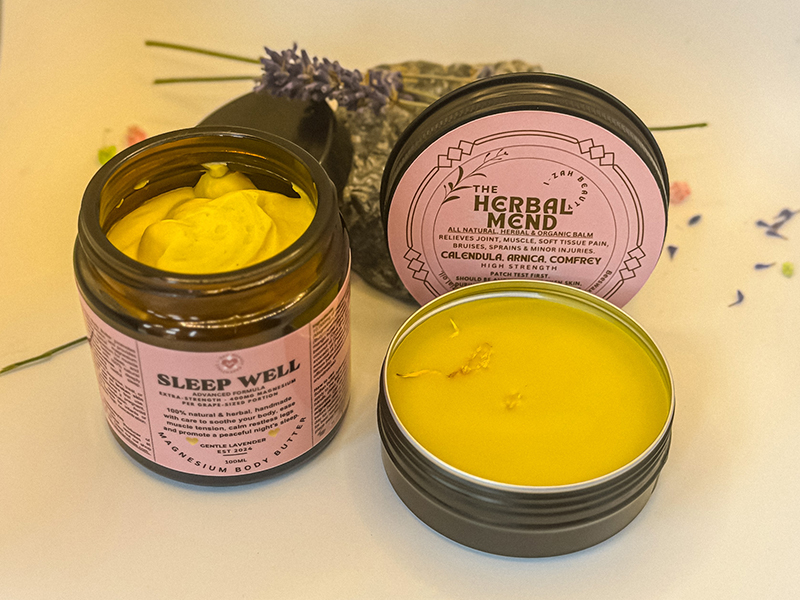
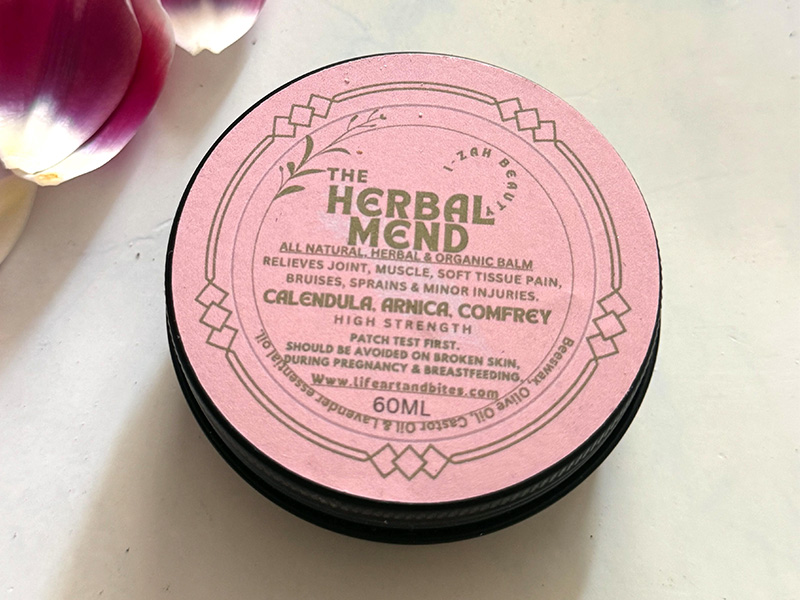
Physical Properties of Arnica
Arnica’s dried flowers contain potent oils that are usually infused into carrier oils like olive, sunflower, or jojoba.
• Colour: A golden-yellow hue when infused in oil
• Texture: Light and absorbent, perfect for salves, balms, and massage oils
• Aroma: Earthy, slightly bitter with mild herbal undertones
Because arnica is strong, it’s generally used externally and in diluted forms—ideal for topical balms and ointments.
Top 5 Benefits of Arnica
1. Reduces Inflammation & Swelling
One of arnica’s most celebrated uses is for its ability to bring down inflammation quickly, making it a favourite in joint pain, sports, or arthritis relief products.
Studies show that arnica extract can be as effective as non-steroidal anti-inflammatory drugs (NSAIDs) when applied topically.
2. Speeds Bruise Healing
Whether from accidental knocks or post-procedure care, arnica is well-known for helping bruises fade faster. It promotes better circulation and prevents blood from pooling beneath the skin.
3. Eases Muscle Aches & Soreness
After a tough workout or long day on your feet, arnica-based balms can help relieve stiffness and speed up muscle recovery.
It’s particularly useful when combined with complementary herbs like comfrey or menthol.
4. Helps with Joint Discomfort
Arnica is widely used for symptoms of osteoarthritis and joint inflammation. Topical use may reduce pain in the hands, knees, or shoulders and improve range of motion over time.
5. Natural First Aid for Bumps and Strains
From growing children to ageing adults, arnica is a gentle yet effective natural remedy to keep in your herbal first aid kit for all those everyday knocks and strains.
Safety and Usage Tips
• Topical use only: Arnica is not safe to ingest unless highly diluted in homoeopathic forms.
• Patch test first: Though rare, some individuals may experience sensitivity.
• Avoid broken skin: Do not apply to open wounds, cuts, or mucous membranes.
• Pregnancy & breastfeeding: Consult your healthcare provider before use.
Environmental and Ethical Considerations
Due to increasing demand, Arnica montana is now a protected species in some regions of Europe. For this reason, it’s important to choose arnica products that:
• Use ethically harvested or cultivated arnica
• Support organic farming practices
• Ensure sustainability without depleting wild populations
Brands that support traditional herbal knowledge and ecological integrity ensure this golden flower continues to be available for generations to come.

What is Arnica Used In?
Arnica’s versatility allows it to shine across many natural product categories:
• Pain relief balms – for joint aches, muscle soreness, and general tension
• Sports massage oils – for recovery and circulation support
• Bruise creams – for post-injury care and aesthetic procedures
• First aid kits – for outdoor adventures and family use
Final Thoughts
Arnica is a true powerhouse in the world of botanical healing. Whether you’re managing chronic pain, recovering from a workout, or just looking for a natural way to soothe your body, arnica offers time-tested support.
When used responsibly and paired with complementary herbs like comfrey or calendula, it becomes an essential ally for wellness rooted in nature.
Cleveland Clinic’s study about Arnica.
Explore our Herbal Mend Balm, powered by Arnica, Comfrey, and Calendula, crafted to help ease pain and restore comfort naturally.
Gentle yet effective support for tired muscles, aching joints, and post-exercise relief.
Arnica Comfrey Joints, Muscle Pain Relief & Recovery Balm
£9.67
A herbal duo to relax, soothe, and aid sleep, naturally.
£25.99
